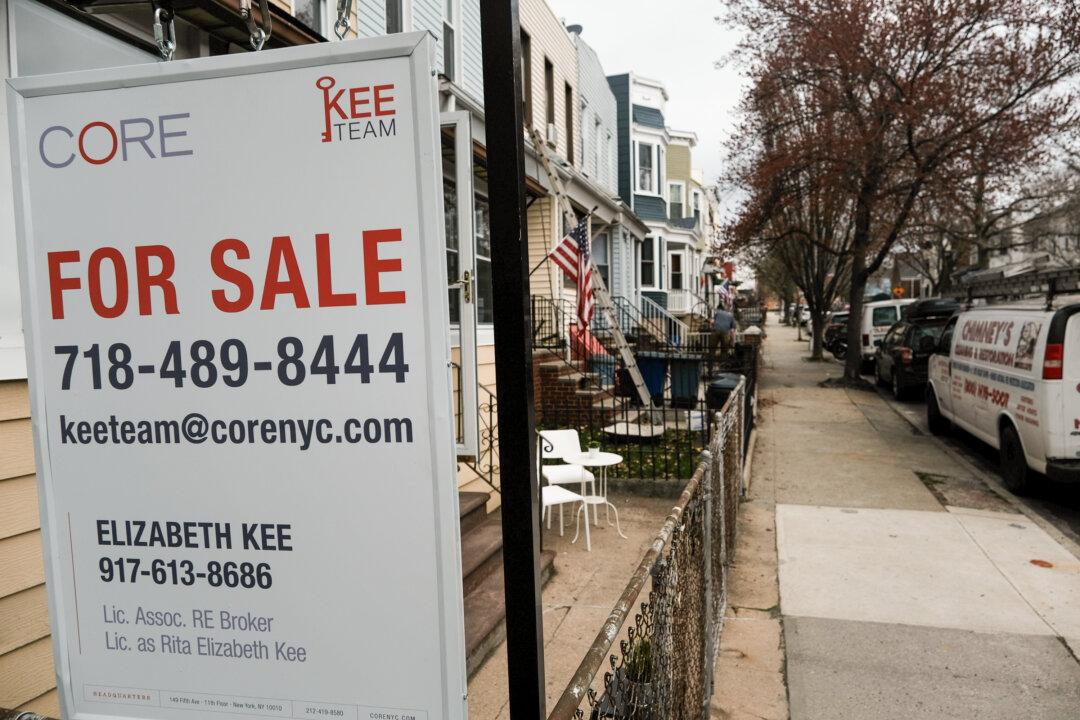Freddie Mac and Fannie Mae can buy mortgages valued at higher amounts in 2025 to account for the jump in home prices over the past year.
The institutions are government-sponsored enterprises that buy mortgages from lenders and repackage them as mortgage-backed securities sold as investments. However, there are limits set to loans that can be bought, known as the conforming loan limit. The Federal Housing Finance Agency (FHFA), tasked with setting this threshold annually, announced on Nov. 26 that the limit for one-unit properties will be $806,500 from next year, up 5.2 percent from the current level.





